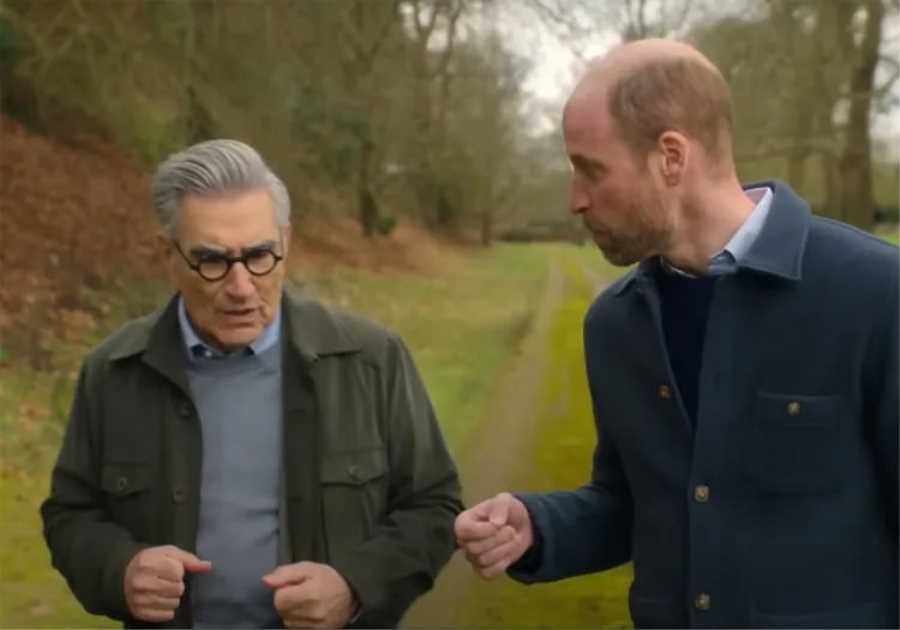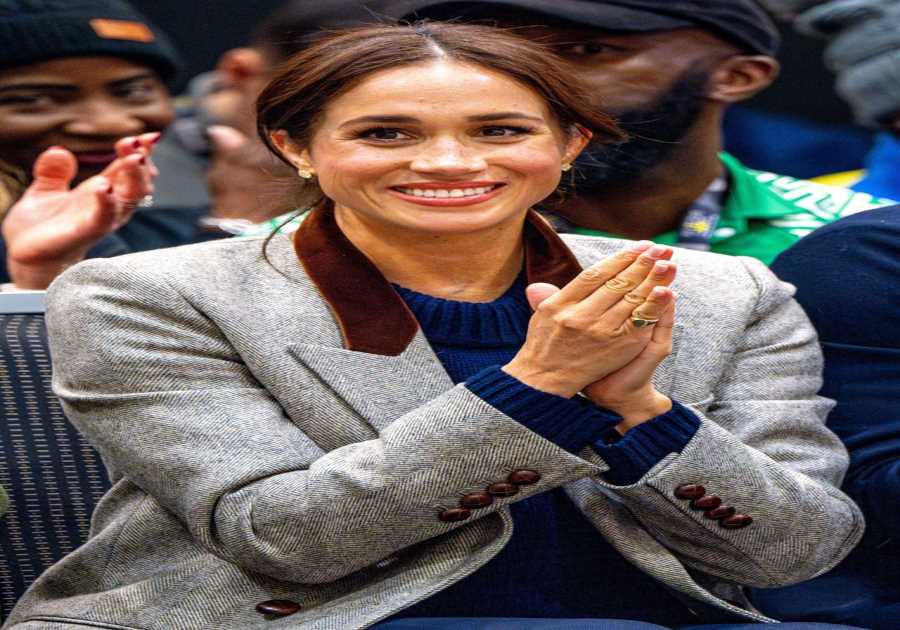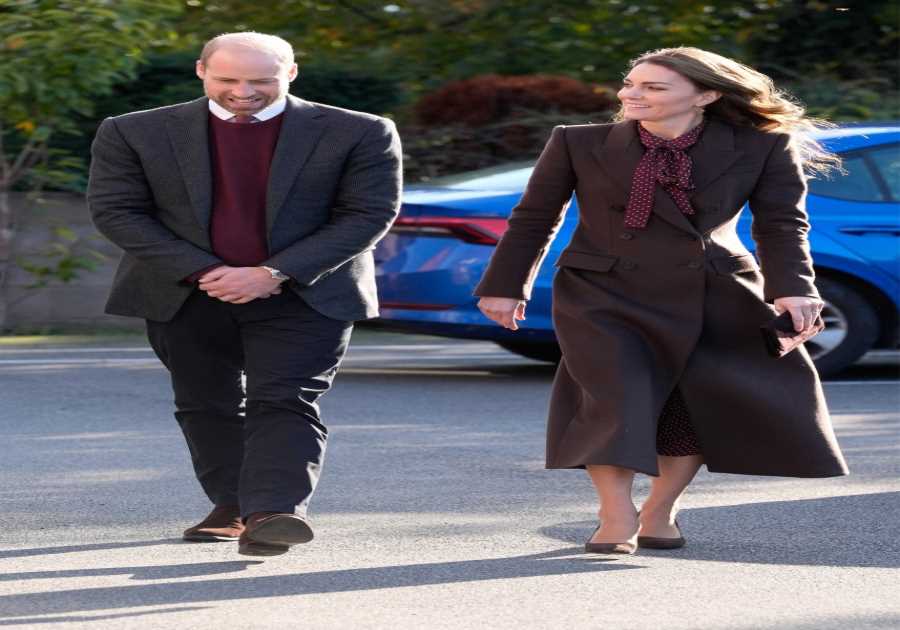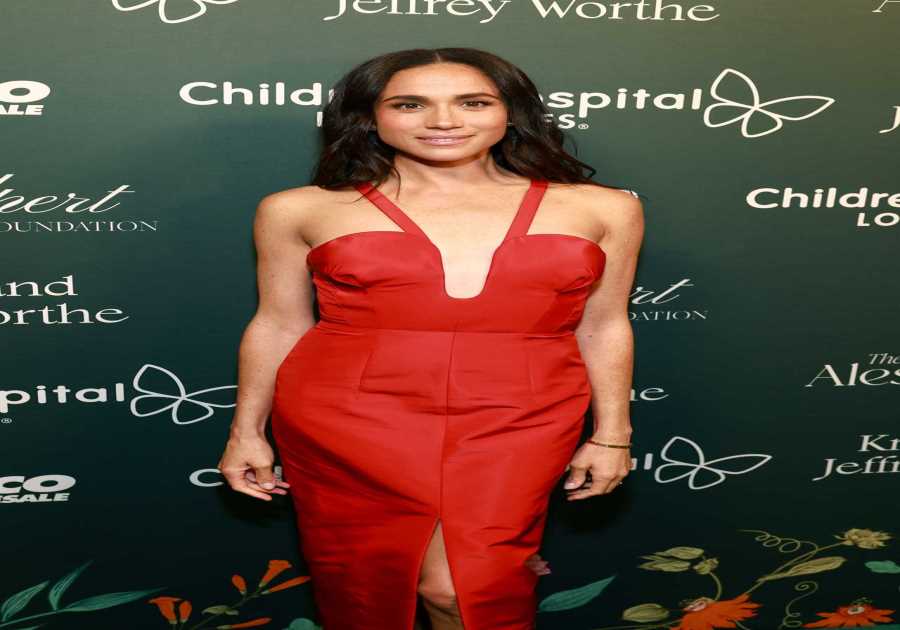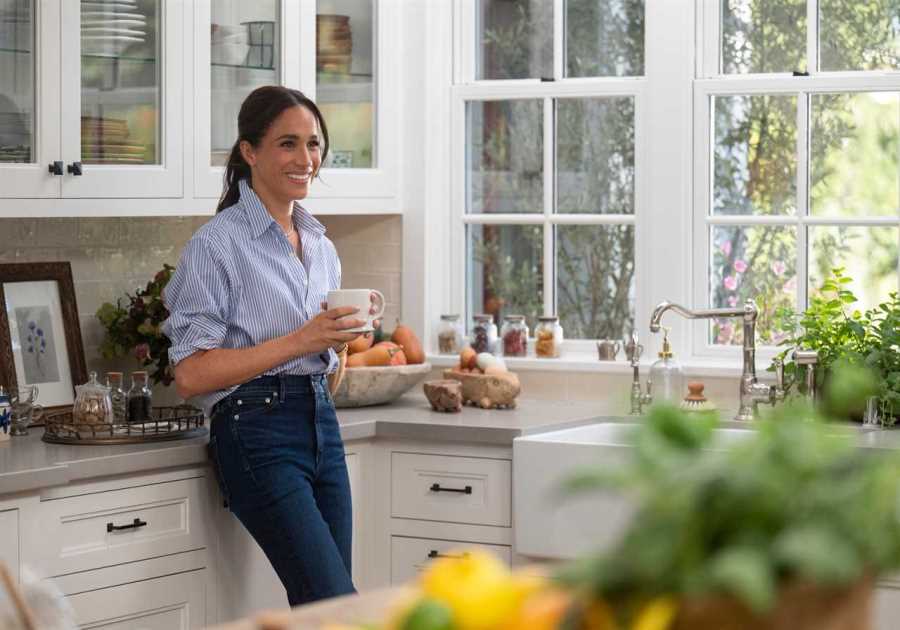THE Queen’s Commonwealth day TV special will air today, March 7, in which she will deliver a personal message to the United Kingdom and the Commonwealth.
But why was the post-Empire association formed, and which countries is it made up of?
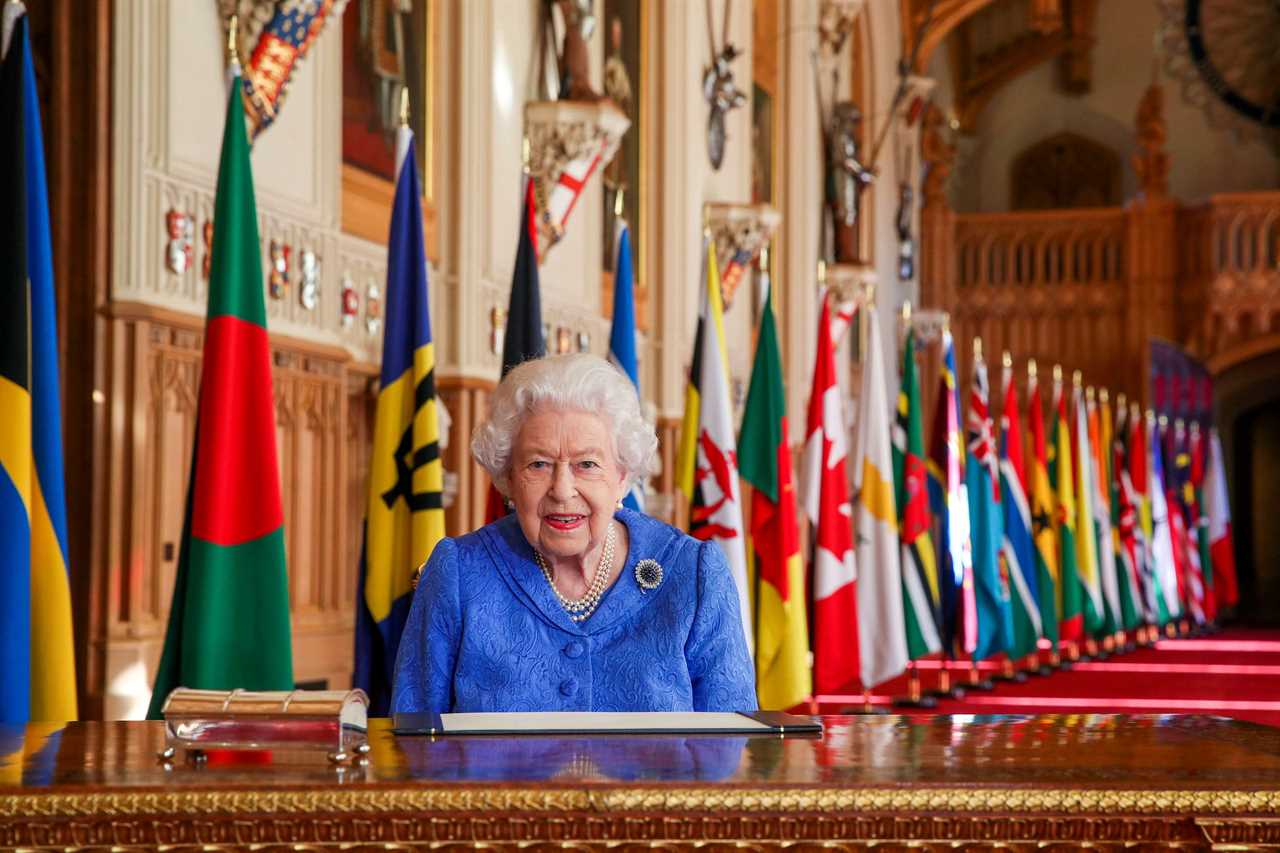
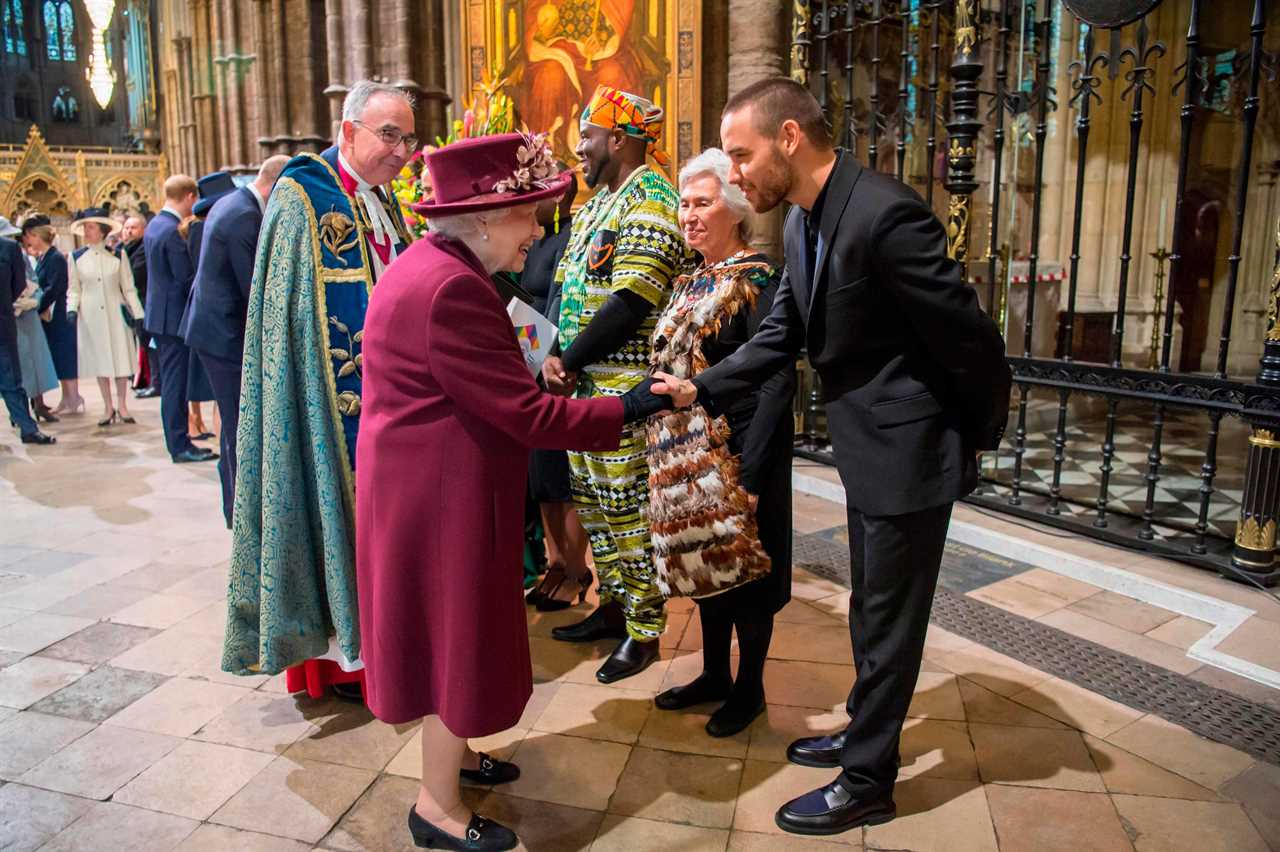
What is the Commonwealth of Nations?
The Commonwealth of Nations is made up of 53 countries of which a majority are former territories of Britain.
Countries from across the globe, including Asia, Africa and Europe, all sign up to the same values and principles, acknowledging the shared history they have together.
Queen Elizabeth II is the head of the Commonwealth Nations, regardless of the different countries’ constitutions.
The member states were established as “free and equal”.
A central part of the Commonwealth is the Commonwealth Secretariat – the organisation helps to support member countries to gain democracy, development and peace.
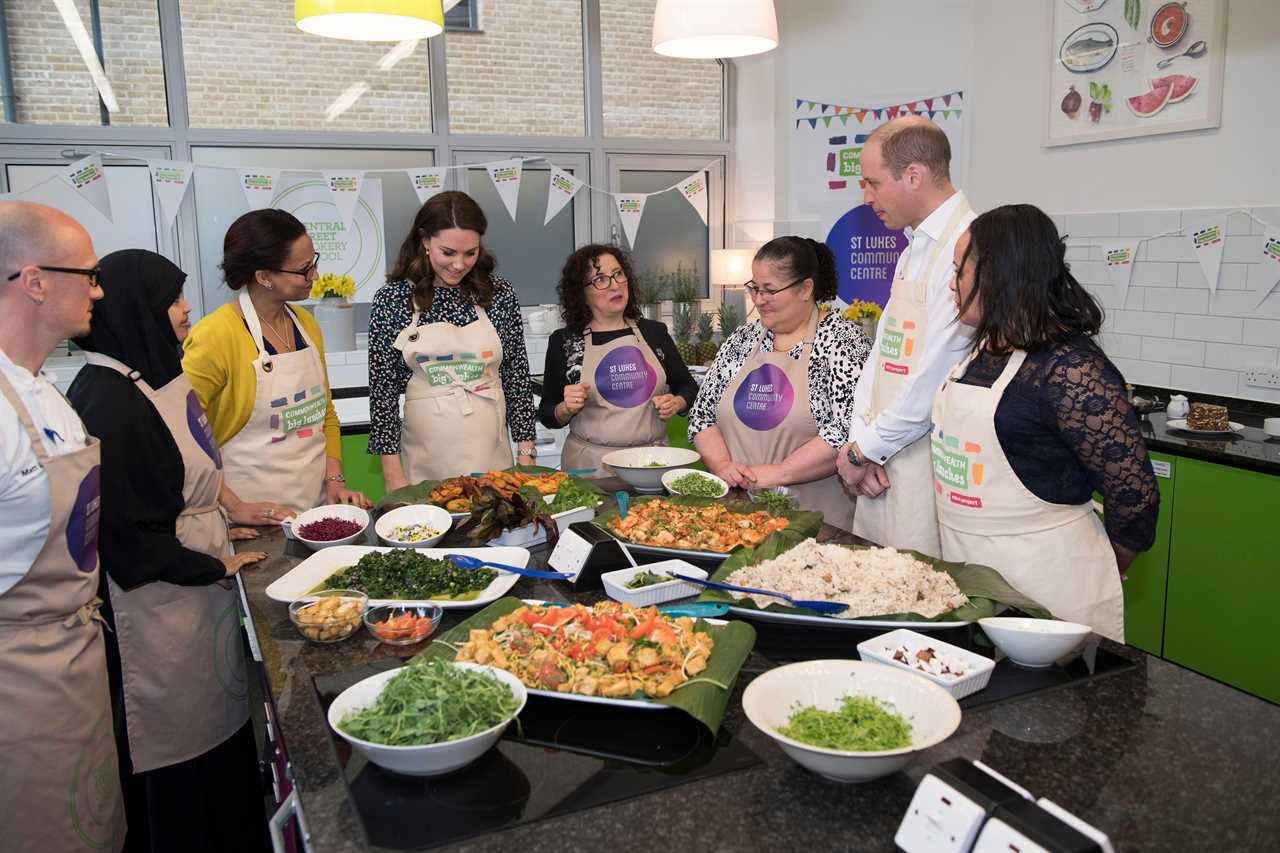
What countries are in the Commonwealth?
Member states of the Commonwealth range from countries in Africa, including Botswana, Ghana and Cameroon, to countries in the Americas, like Barbados, the Bahamas and Belize.
There are also two European countries which are part of the group – Cyprus and Malta.
Although the countries which were formerly territories of Britain achieved independence, the creation of the Commonwealth was sparked by India, which decided that although they wished to be independent, they still wanted to be a part of the Commonwealth.
Countries have continued to join since then, but the last country to become a member was Rwanda in 2009.
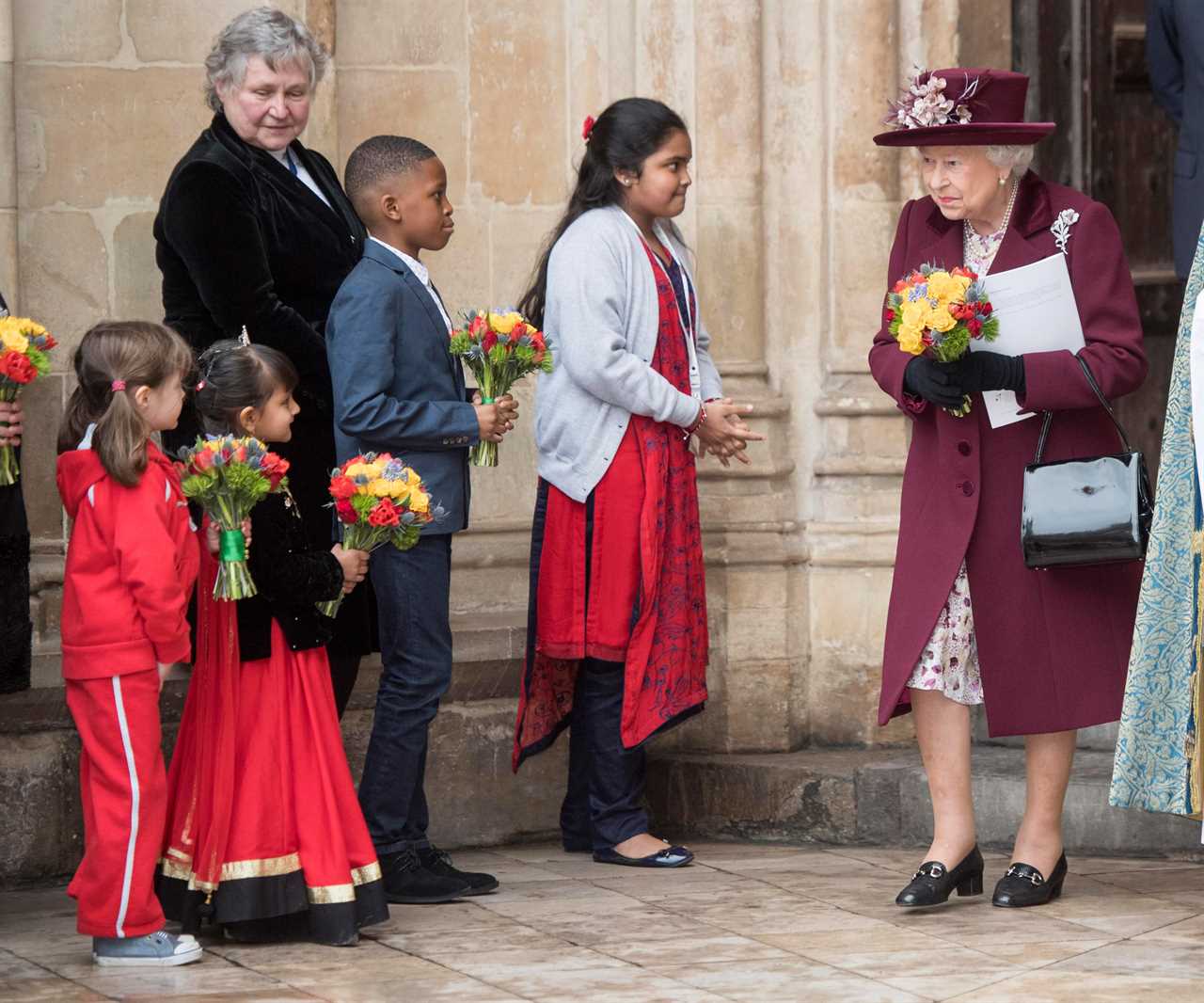
When did Queen Elizabeth become head of it?
When her Majesty became Queen in 1952, she also became the head of the Commonwealth of Nations.
Her role has no formal functions, but it is recognised as being one of great symbolic significance and importance.
Queen Elizabeth often appears at events celebrating the nations, such as Commonwealth Day and visiting member countries.
After she took the throne, in her 1953 Christmas message, the Queen heralded the future of a new Commonwealth, saying: “The Commonwealth bears no resemblance to the empires of the past.
“It is an entirely new conception built on the highest qualities of the spirit of man: friendship, loyalty, and the desire for freedom and peace.”
Who will be the next head of the Commonwealth?
On April 19, The Queen departed from her usual protocol to tell a state dinner that she wants Prince Charles to become the next head of the Commonwealth.
There had been speculation that her son would not automatically take over which had heightened in the weeks leading up to her announcement.
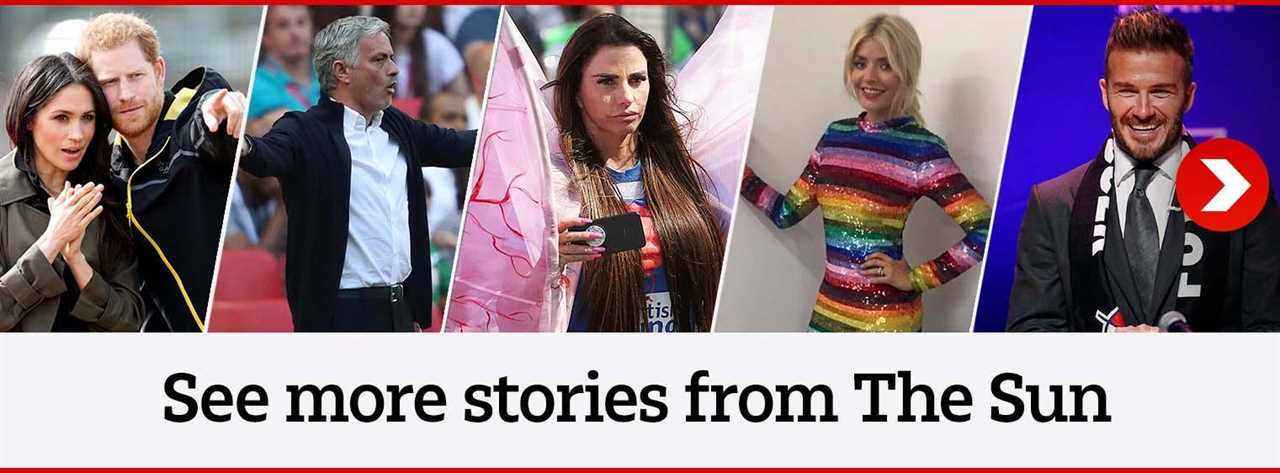
Queen Elizabeth told the presidents and prime ministers gathered at the start of a two-day Commonwealth summit that she hopes they will choose Charles to succeed her.
The position is not automatically held by the British monarch, and it was reported the topic would be discussed by the leaders of the member states.
Downing Street said a decision on whether the Prince Of Wales should get the job was expected by the end of the week of talks.

